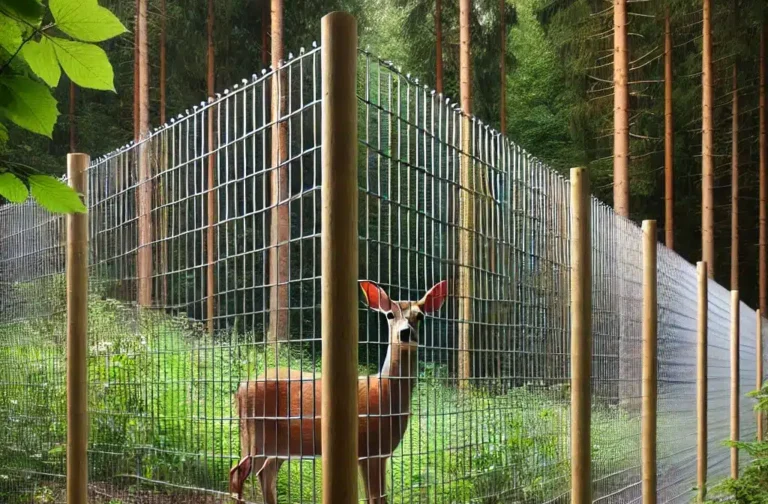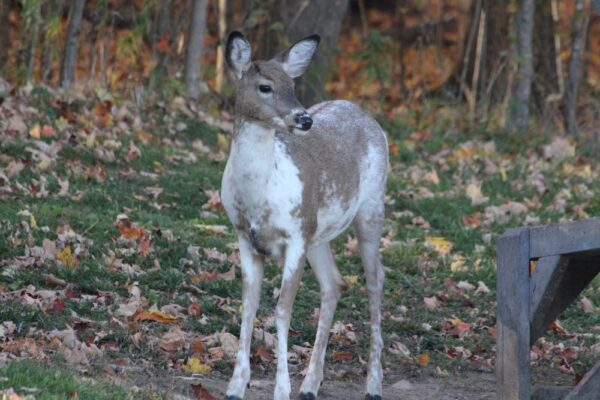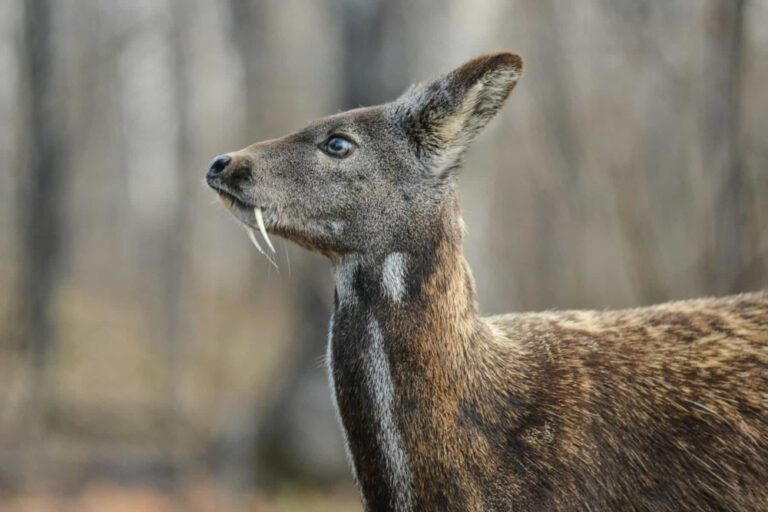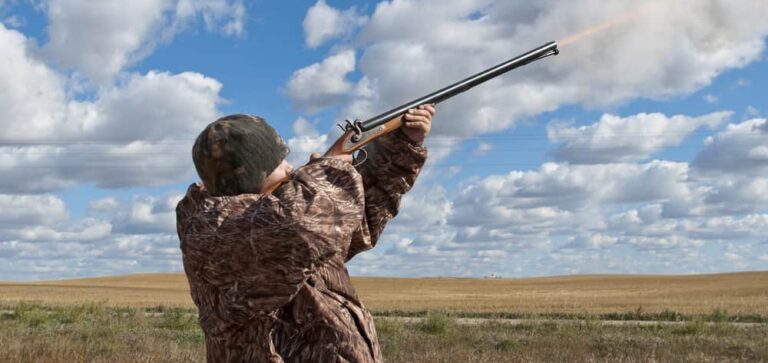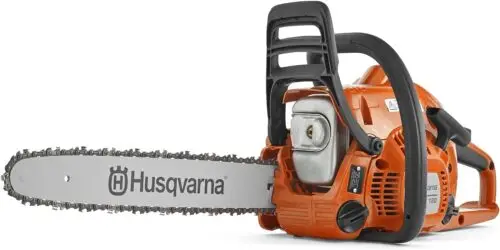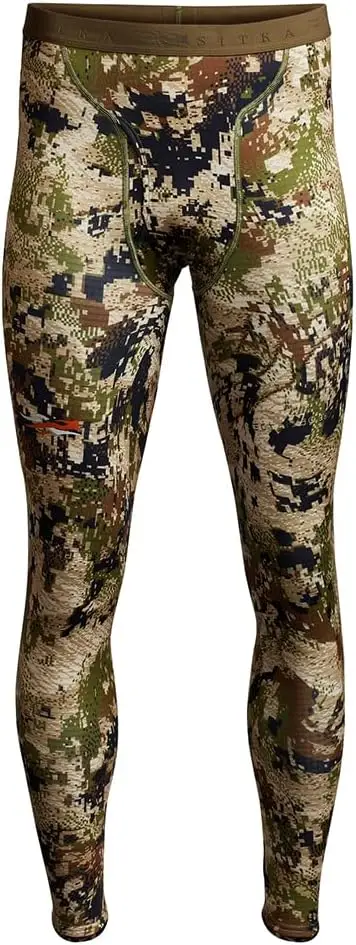In the vast tapestry of nature’s beauty, deer stand as iconic figures that symbolize grace and majesty. However, preserving these magnificent creatures requires more than just admiration – it demands dedicated efforts in deer conservation.

Often seen as participants in the chase, hunters play a crucial role in the delicate balance of deer populations and their habitats. Let’s delve into the importance of deer conservation, the role hunters play, and the initiatives safeguarding these precious populations.
Why Deer Conservation Matters
Deer, as keystone species, exert a profound influence on their ecosystems. Their grazing patterns shape vegetation, affecting other species dependent on the same flora.
As herbivores, deer help control plant populations, preventing overgrowth that could hinder the growth of other plant species and reduce biodiversity. When deer populations are in equilibrium, the intricate ecological balance thrives.
The Role of Hunters in Wildlife Management
Hunters might seem like an unexpected ally in the realm of conservation, but they have a significant impact on maintaining healthy deer populations and habitats.
Responsible hunting helps manage deer numbers, preventing overpopulation that can lead to habitat degradation, disease spread, and increased vehicle collisions.
By engaging in regulated hunting, hunters help maintain a sustainable balance that benefits both the ecosystem and future generations of deer.
Sustainable Hunting Practices
Modern hunting practices focus on sustainable principles. Bag limits and hunting seasons are meticulously designed based on scientific data to ensure the deer population remains healthy and resilient. Hunters follow ethical hunting practices, targeting specific individuals within the population, such as older males, to maintain a healthy age and gender distribution.
This approach reduces competition for resources, minimizes breeding stress, and contributes to the overall well-being of the deer community.
Initiatives for Deer Conservation
Numerous organizations and agencies are dedicated to safeguarding deer populations and their habitats. These initiatives focus on research, education, and collaboration to ensure the longevity of these magnificent creatures.
- Deer Conservation Research: Scientific research provides critical insights into deer behavior, migration patterns, and habitat requirements. This data guides effective conservation strategies that address the needs of different deer species.
Habitat Restoration: Habitat loss due to urbanization and deforestation poses a significant threat to deer populations. Conservation groups work tirelessly to restore and preserve natural habitats, creating safe havens for deer to thrive.
Public Education: Educating the public, including hunters, about the importance of sustainable hunting practices and the role of deer in ecosystems fosters a sense of responsibility for their conservation.
Disease Management: Deer are susceptible to diseases that can decimate populations. Initiatives focus on disease monitoring, prevention, and management to ensure the health and vitality of deer communities.
- Community Engagement: Collaborative efforts involving hunters, local communities, and conservation organizations create a united front for deer conservation.
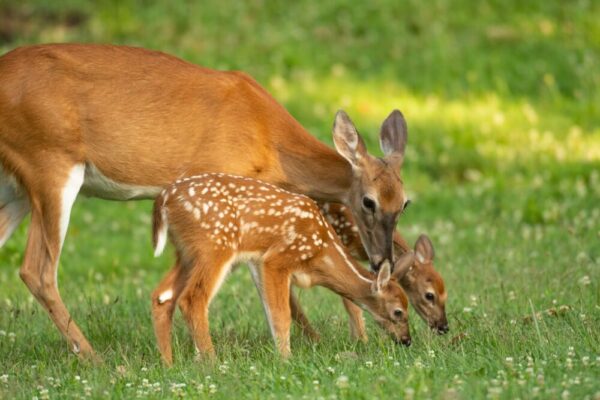
Deer Mange
Deer mange, also known as deer hair loss syndrome or alopecia in deer, is a condition that affects wild and captive deer populations across North America. It is caused by parasitic mites belonging to the genus Demodex, particularly Demodex docile.
These microscopic mites burrow into deer’s hair follicles and sebaceous glands, leading to hair loss and skin inflammation. While deer mange primarily affects white-tailed deer, it can also impact mule deer and other cervid species.
The symptoms of deer mange typically manifest as patches of hair loss, crusty or scaly skin, and visible irritation in affected animals. As the condition progresses, deer may exhibit excessive grooming or scratching behaviors to alleviate discomfort. Severe infestations can lead to secondary bacterial infections and weight loss, posing significant health risks to deer populations.
The transmission of deer mange mites is still not fully understood, but it is believed to occur through direct contact between infected and healthy deer or the sharing of communal bedding areas. Environmental factors, such as high deer population densities and poor nutrition, can exacerbate the spread of the disease.
Wildlife agencies and researchers often monitor and study deer mange to better understand its prevalence, impact, and potential management strategies. Mitigating this disease’s effects is crucial for deer populations and maintaining the ecological balance within their ecosystems.
Want to learn more about deer mange? Check out this article on worlddeer.org
Deer Conservation – Conclusion
Deer conservation is a collaborative endeavor that requires a multifaceted approach. While hunters may pursue these magnificent creatures, they also serve as guardians of their populations and habitats.
Through responsible hunting practices, advocacy for sustainable wildlife management, and active participation in conservation initiatives, hunters contribute to preserving deer species and the delicate ecosystems they inhabit.
As we strive to maintain the balance between admiration and protection, we ensure that future generations can continue to marvel at the grace and beauty of these remarkable animals.

